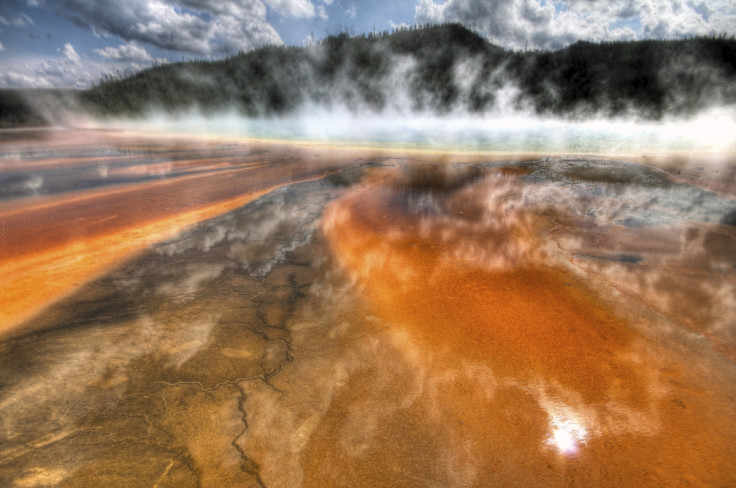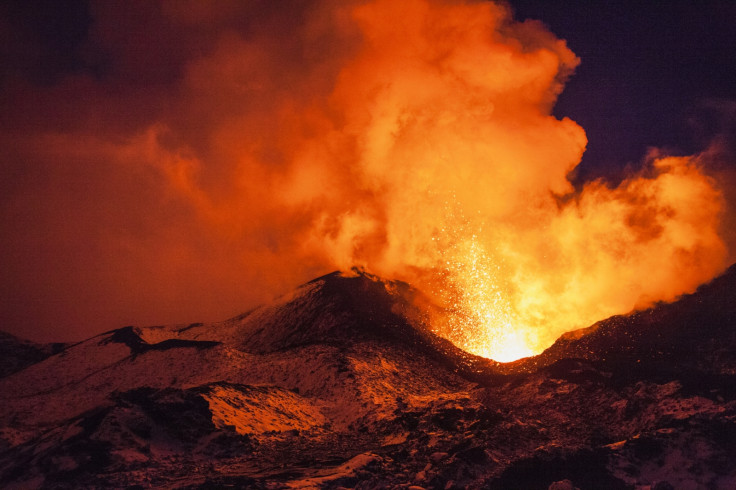Origin of Yellowstone's magma discovered - it builds up from injections deep in the mantle
The supervolcano is sitting on enough magma to fill the Grand Canyon 11 times over.

Scientists have discovered how supervolcanoes like Yellowstone, Toba and Campi Flegrei end up sitting on such enormous pools of magma.
The volcanoes are fuelled by magma injections from the deep in the Earth's mantle up into the crust, according to a paper published in the journal Nature Geoscience. This process goes on for millions of years until the reservoir is big enough to create a 'super-eruption'.
The mechanism that creates such large magma reservoirs involves a slow drip-feed process. Modelling experiments have shown that the pools in the crust effectively draw up magma from the hotter mantle below.
"Hot magma can be injected from the Earth's lower crust into colder surroundings near the surface," said study author Wim Degruyter of Cardiff University's School of Earth and Ocean Sciences in a statement.
"At this point, the magma can either erupt or cool down to such a point that the magma solidifies and an eruption does not occur."
The findings help to explain why some active volcanoes erupt more frequently than others. It's all down to the volume of magma that accumulates beneath them and somehow manages to stay hot.
"Up until now, this theory hasn't been able to explain how the magma can maintain its heat in these near-surface reservoirs and thus produce extremely powerful eruptions," said Degruyter.
"When the crust has become fully mature, giant reservoirs are able to form in the upper crust and thus we see extremely powerful eruptions."

The study reinforces previous research on Yellowstone and other supervolcanoes. Yellowstone sits on a pool of magma roughly 11,200 cubic miles in volume. That could fill the Grand Canyon 11.2 times over.
Yellowstone last erupted 640,000 years ago, and the two before it were 1.2 million and 2 million years ago. The volcano is still very much active, but it's not known when its next eruption will be.
Super-eruptions are the biggest kind of volcanic activity on Earth, and when they happen they can lead to mass extinctions and sudden climate change.
© Copyright IBTimes 2025. All rights reserved.






















